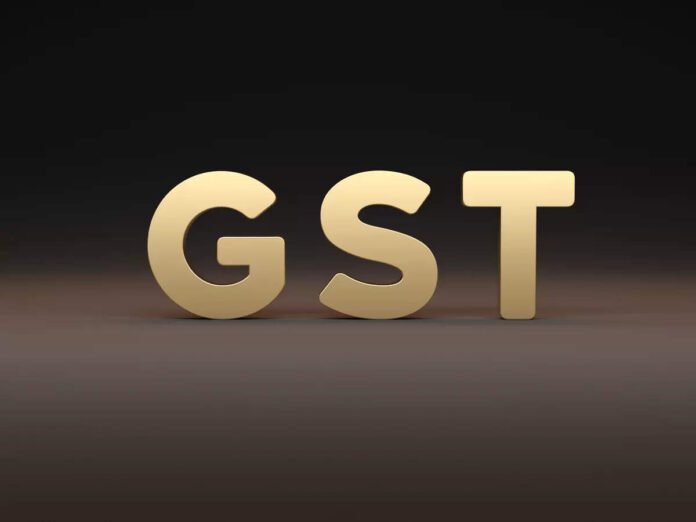What does the GST define as an educational institution?
An organization that provides education through any of the following is considered an “educational institution” for the Goods and Services Tax:
[1] Education from preschool through high school or a similar program;
[2] Instruction as a component of a curriculum leading to a certification accepted by any currently enacted laws;
[3] Education is a component of an officially recognized vocational education program.

What is the relationship between GST and educational institutions?
An area of great importance for a developing nation such as India is education. The government has consistently been committed to providing the education industry with a variety of tax benefits. We have one of the biggest education sectors in the world, and it’s just getting bigger with distance learning. The goal is to give students solid, dependable policies.
The public and private sectors make up the two main categories of the Indian education system. The decision to maintain the education sector in a zero or minimum tax bracket is the most significant one. The higher education provider will not be exempt from GST. The new GST law requires a 5% tax to be paid by private institutions.
What educational stuff is taxed under GST and what is exempted?
Services that an educational institution provides to other educational institutions or its students, instructors, or staff are not subject to GST taxation. This could consist of:
- Supplying food, including taking part in any subsidized midday meal program administered by the federal government, a state government, or a union territory; providing transportation for students, instructors, and staff;
- Services about keeping schools tidy and orderly;
- Help in applying to or sitting for tests given by universities or colleges after high school.
- A service is taxed if it is provided to a school or institution that does not offer preschool, elementary, middle, or high school education or its equivalent. The government does not recognize coaching centers, tuition services, or private tutors as acceptable providers of vocational education. Thus, it has a GST of 18%.
What is the impact and benefit of GST on educational institutions?
The GST law states that there could be both good and negative effects on the education sector. The school may not charge GST on the taxable goods, but in the case that taxable supplies are later on, the cost may go up to make a little adjustment. There could be a 3-5% increase in the tax rate. Should the government deem coaching indispensable, the number may drop by a few percentage points.
Conclusion: Every child in India has an inalienable right to an education. The GST Law recognizes this fact and exempts educational establishments that offer instruction up to the high school equivalent from the GST. Nonetheless, private instructors and coaching facilities must file their GST returns just like any other taxpayer. Aside from schooling, other services are also subject to GST, with the majority of them having an 18% tax rate.










